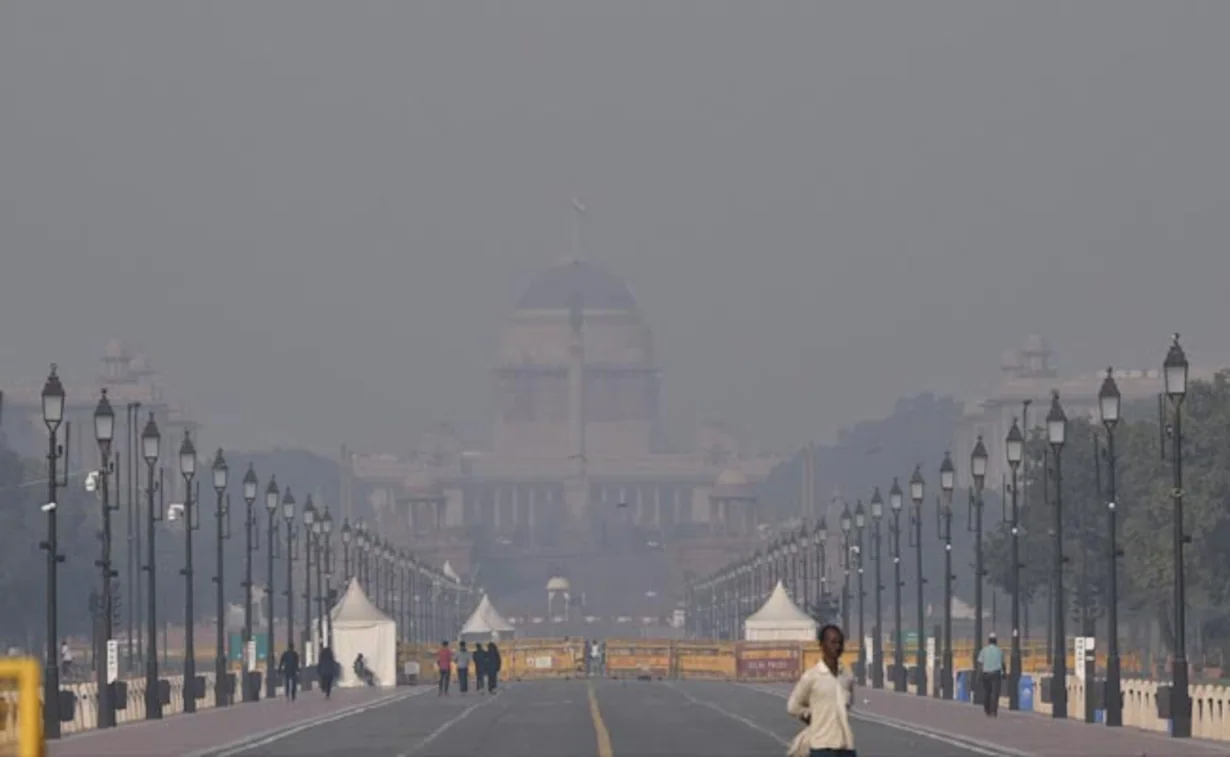
Over the past few years, Delhi’s air quality has been making headlines for all the wrong reasons. The city is routinely blanketed in a thick haze of smog, and the air quality is often so bad that it’s classified as “hazardous.” However, there has been some recent improvement; according to the Central Pollution Control Board (CPCB), Delhi’s air quality index (AQI) improved from “severe” to “very poor” on October 28th.
While this is certainly a step in the right direction, it’s important to remember that “very poor” air quality is still far from ideal. In fact, the AQI levels need to improve even further before they reach the “satisfactory” range. So, what can be done to further improve Delhi’s air quality? Let’s take a look.
The Causes of Delhi’s Air Pollution
There are many factors that contribute to Delhi’s pollution problem, but one of the biggest culprits is the burning of crop waste in neighboring states. Every year, farmers in Punjab and Haryana burn millions of tons of rice straw and other crop waste in order to clear their fields for the next planting season. The smoke from these fires drifts over to Delhi, where it mixes with vehicle emissions and industrial pollutants to form a thick haze.
Know More: Does Air Purifier work for Dust Removal?
Another major contributor to Delhi’s pollution is the city’s reliance on coal-fired power plants. These plants produce large amounts of fly ash—a fine powder that contains toxic heavy metals like lead and mercury. When fly ash is released into the atmosphere, it can cause respiratory problems, heart disease, and cancer.
What Can Be Done?
So what can be done to reduce Delhi’s pollution levels? For starters, the government could provide financial incentives for farmers to adopt alternative methods of clearing their fields (such as manual labor or mechanized equipment). Additionally, steps could be taken to phase out coal-fired power plants and replace them with cleaner sources of energy. Finally, measures could be implemented to encourage people to use public transportation instead of private vehicles.
Consider Buying: Philips Air Purifier
Conclusion
Delhi’s air quality has shown some improvement in recent months, but it still has a long way to go before it reaches acceptable levels. There are many factors that contribute to the city’s pollution problem, but some of the most significant ones are crop burning and coal-fired power plants. To further improve Delhi’s air quality, the government needs to take action to incentivize farmers to adopt alternative methods of clearing their fields and phase out coal-fired power plants. Additionally, measures should be put in place to encourage people to use public transportation instead of private vehicles.